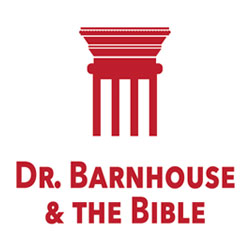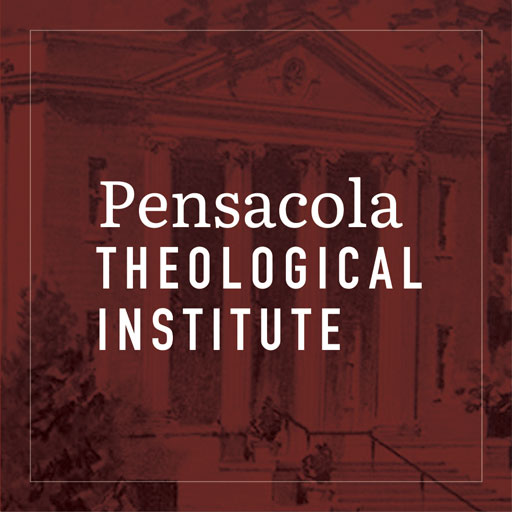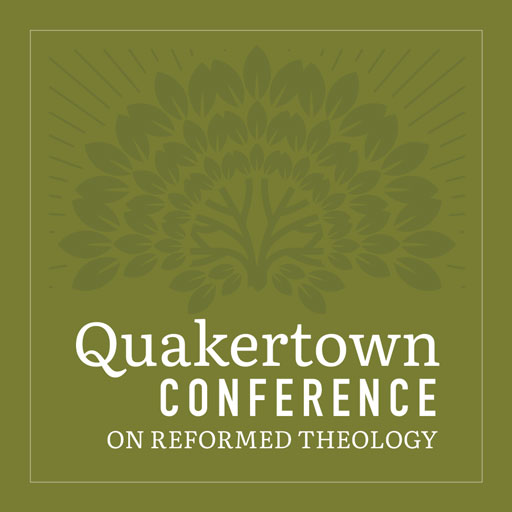
Alopen and the Missionary Monks of the Church of the East
Alopen and the Missionary Monks of the Church of the East
In 635, Emperor Taitsung (598–649) of China found Christianity so impressive that he wrote: “The meaning of the teaching has been carefully examined; it is mysterious, wonderful, calm; it fixes the essentials of life and perfection; it is the salvation of living beings; it is the wealth of man. It is right that it should spread through the empire.”
He had first heard about Christ from a Persian monk, Alopen, who walked all the way to the capital of China (today’s Xi’an) to bring the gospel to the Chinese. He was probably sent by Patriarch Ishoyahb II of Baghdad, who also sent missionaries to Iran, Afghanistan, Ubzekistan, and India. Most likely, Alopen had been ordained a bishop because he was able to appoint men to pastor the churches he founded. What little we know about his arrival in China and the history of the work that followed is recorded on a monument erected in Xi’an in 781 and discovered in 1625.
The Church of the East
Alopen was one of the many missionaries of the so-called Church of the East, a church that flourished well before the Roman Emperor Constantine I recognized Christianity in the west. Like other missionaries to the east, Alopen probably traveled along the Old Silk Road, a route followed by merchants. Carrying only a staff, a satchel, and a copy of the Scriptures, these missionaries stopped in monasteries other monks had built along the way. In fact, Timothy I (727-823), one of the most influential patriarchs of the Church of the East and great promoter of missions, used the simple life of these monks as an example to shame a bishop who wished to retire in comfort in Baghdad.
The Church of the East first blossomed in Edessa (now Urfa, Turkey) and in the renowned theological school of Nisibis (today’s Nusaybin, Turkey), where the famous poet Ephrem[1] served as deacon. It continued to thrive in what is now eastern Turkey and Iraq.
It’s often known as the Nestorian Church, even though its connections with Nestorius are tenuous at best. The name is probably due to the fact that this church refused to recognize the 431 Council of Ephesus where Nestorius was condemned for his views of the two natures of Christ. For the most part, however, the reason for this refusal was cultural rather than theological. It was a way to assert the church’s independence from the Byzantine Empire. (While it’s true that Nestorianism spread to the eastern regions, many scholars agree that defining the Church of the East as Nestorian is unfair).
The Church of the East held its first official council in 410. In 424, it declared its independence from the west. The official language of the Church of the East was Syriac (a form of Aramaic), one of the first languages in which the Scriptures were translated. By the eighth century, this church had spread over much of Asia and Arabia, becoming the most widely spread church in the world.
Service and Evangelism
Initially, the Church of the East enjoyed peace, since both the Parthian and the Persian empires allowed a variety of religions. For this reason, public places of worship existed in Edessa in the second century, much earlier than the erection of the first church building in the Roman Empire, and the Church of the East welcomed some refugees of the Roman persecutions.
The formation of monastic communities was especially encouraged by bishop Jacob of Nisibis, who earned much of the credit for their organization and their focus on helping the community and spreading the gospel (in contrast with many ascetic communities of his time). A monk name Aphrahat was also influential in this regard. According to the American missionary Samuel H. Moffett, Aphrahat called solitary monks “to a larger Christian goal, a mission beyond the pursuit of personal spiritual gain through physical sacrifice and hardship into the greater challenge of a service to the poor and evangelism to the unconverted.”[2]
This priority to service and evangelism persisted in the Church of the East. Its monasteries were devoted to the communities around them, providing education, medical services, and relief during difficult times. They were also training centers for other missionaries.
Persecution and Reorganization
Moffett calls Aphrahat a failed prophet when he misunderstood Daniel’s prophecies to mean that Rome would triumph over Persia, but Aphrahat probably embodied the hopes of a nation. Contrary to his expectations, in 363 the Persian army defeated the Romans and forced them to accept their terms of peace.
Aphrahat’s prophecy was just one of the many provocations that added fuel to the fears of the Persian kings who, after Constantine’s legalization of Christianity, had begun to associate Christians with their bitter enemy, Rome. As it often happens, fears generated discrimination and persecution. The harshest persecution lasted from about 341 to 367, often enacted by the priests of the prevalent Zoroastran religion. Some believe that thousands of Christians died during this time. But, according to Moffett, less people renounced their faith during this persecution than during those against the Christians in Rome.
Once again, however, Christians came out of the persecution with greater strength. At the same time, the Persians’ misunderstanding of the Christians’ loyalty increased their desire to clarify their separation from the church structure of the Roman Empire. In 423, the Church of the East declared its official independence from the west, electing its own patriarchs. It was based in the Persian capital of Seleucia-Ctesiphon (near Baghdad) and maintained its schools in Edessa and Nisibis.
The Early Church in China
Convinced by Alopen of the validity of the Christian faith, Taitsung ordered the building of a monastery and the translation of some Christian papers the monks had carried with them. By 638, just three years after Alopen’s arrival, at least 21 monks were active in China. In the course of time, Persian monks (who became fluent in the languages of the places where they settled) translated the New Testament and portions of the Old Testament into Chinese. Being highly educated, they also produced Christian literature that appealed to the Chinese nobility. For example, Jesus Messiah Sutra, the main text produced by Alopen on instigation by Emperor Taitsung, described Christ’s incarnation, life, death, and resurrection, endorsed monotheism, and attacked idolatry.
Some works included the name given to Christianity by the Chinese: “luminous religion.” One of these, Sutra on the Roman Luminous Religion, discussed the law and the new way opened by Christ. The Hymn of the Luminous Religion was the Chinese version of the hymn Glory to God in the Highest.
Overall, Christians enjoyed long periods of peace in China, interrupted by a time of persecution under the Buddhist Empress Wu Zetian (624-705). Although Buddhism was still fairly new in China, she made it the official religion and stirred up mobs against the Christians. She also destroyed many Christian monasteries and churches.
Her grandson and heir, Emperor Xuanzong (685-762), restored his ancestors’ respect for Christians. He even restored a church ruined during Wu’s reign, bringing it back to full operation. The fact that Christians were able to build a large church in the shape of a pagoda near a major center of Taoism stands as a witness of the favor they enjoyed during most of the Tang dynasty.
Persecution, however, resumed in 845, when the Taoist Emperor Wu Tsung (814–846), overthrowing the Tang dynasty, banned all foreign religions (including Christianity and Buddhism). Foreign Christians were forced to leave the country and Chinese Christians who had become monks and nuns had to return to their previous occupations. But some small Christian communities survived. Christianity was also kept alive among the Uyghurs, a Turko-Mongolian population who was becoming a strong power in China’s northwestern frontier.[3]
[1] See https://www.placefortruth.org/blog/ephrem-syrian-and-his-scriptural-songs
[2] Samuel Hugh Moffett, A History of Christianity in Asia, Vol. I: Beginnings to 1500, Vol. 1, Orbis Books, 1998, p. 124.
[3] Sources: Samuel Hugh Moffett, A History of Christianity in Asia, Vol. I: Beginnings to 1500, Vol. 1, Orbis Books, 1998; Edward L. Smither, Missionary Monks: An Introduction to the History and Theology of Missionary Monasticism, Cascade Books, 2016, pp. 138-147; Robert Louis Wilken, The First Thousand Years: A Global History of Christianity, Yale University Press, 2012, pp. 222-228, 238-245.

























